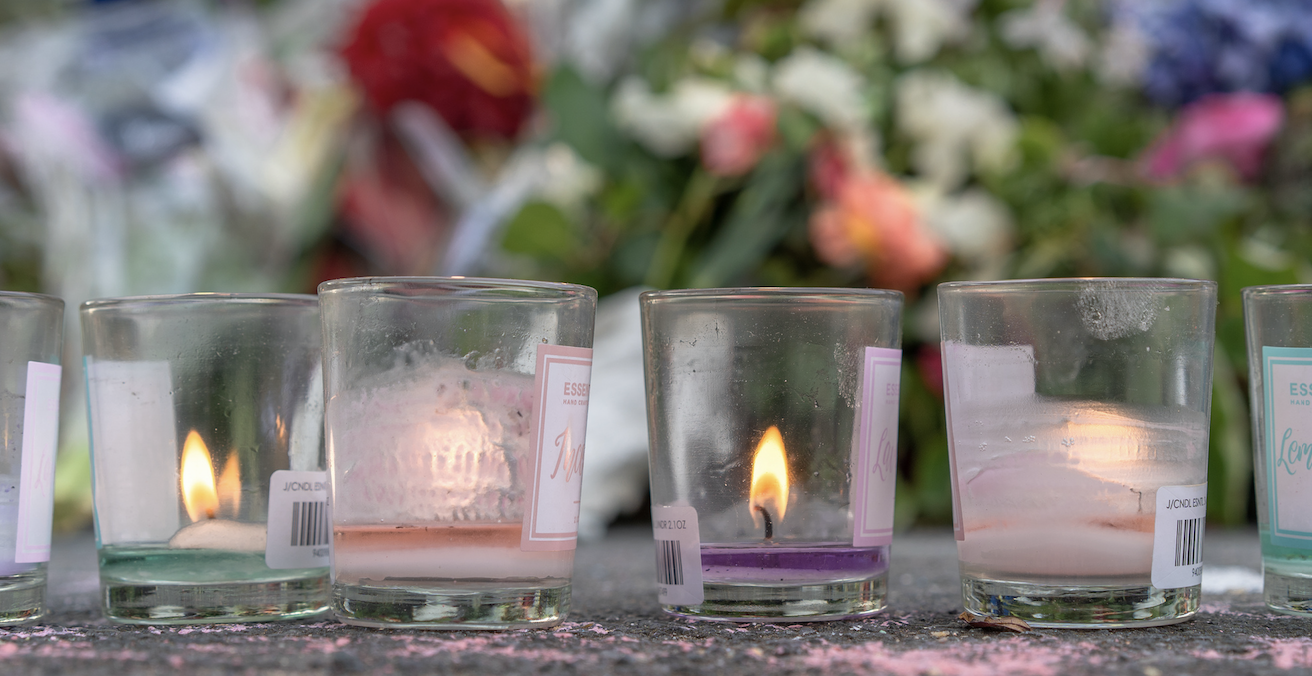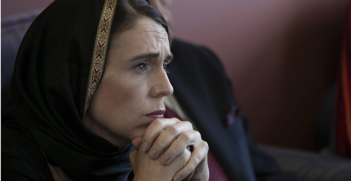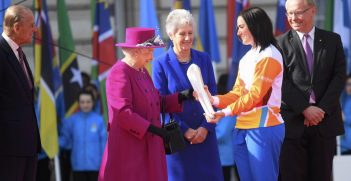After Christchurch, what will New Zealand do with its Guns?

New Zealand gun laws are set to be reformed after the Christchurch terror attack. Any changes should be based on calm, objective and honest dialogue about what works to reduce different forms of gun violence.
As New Zealanders begin dealing with the impacts of the Christchurch atrocity, Prime Minister Jacinda Ardern has promised swift action on gun laws. She has also, rightly, observed that this is a technical and complex policy area. So what are New Zealand’s current laws, what is likely to change, and will that make the country safer?
Current laws at a glance
Under New Zealand law, a person must hold a “Category A” firearms licence to possess a firearm. To obtain that licence, they must be aged 16 years or over, undertake firearm safety training and pass a written test. Applicants are vetted by police as “fit and proper” to own a firearm. This includes full checks on criminal history (including domestic violence), associates, next of kin, a home visit and an inspection of their home security. Similar provisions are in place across almost every other country in the developed world (except the United States). Category A licences allow possession of rifles and shotguns, including “sporting configuration” semi-automatics with limited magazine capacity. These are widely owned for hunting and target shooting.
The licence does not allow possession of “military configuration” firearms, which are more restricted. Military style semi-automatics (MSSA’s) require a “Category E” endorsement from police. Among other stipulations, applicants must be over 18, justify why they need a MSSA, give details of club/association membership, provide three referees who can attest to their character and fitness and meet higher standards of secure storage. Owners are subject to higher levels of police scrutiny and must regularly renew their endorsement. Each MSSA purchase requires a police-issued “permit to procure.” Unlike sporting configuration firearms, all MSSA’s must be registered.
Are New Zealand’s gun laws “permissive”?
Although some say that New Zealand’s gun laws are dangerously permissive, those same laws have been described as “world class” by the United Nations Regional Centre for Peace and Disarmament in Asia and the Pacific. To understand this disparity, we need to recognise that there are two different ways of looking at gun laws.
The “restrictiveness” approach assesses laws primarily by how many limits they place around gun ownership and how many guns people legally own. In contrast, the “effectiveness” approach assesses laws against indicators such as firearm homicide rates. For New Zealand, these different perspectives produce contradictory conclusions.
New Zealand ranks in the top 25 gun owning nations around the world, with an estimated rate of around one firearm for every four people. So if we judge gun laws by levels of ownership, then New Zealand’s laws are relatively “permissive” in comparison with Australia’s (we have around one firearm for every seven people) – but not when compared to other countries.
If we take an “effectiveness” approach, then despite its gun ownership levels New Zealand consistently has a low rate of firearm homicides – on par with Australia’s. In New Zealand, firearm-related crime is rare. Mass shootings, most commonly defined as incidents where four or more people (not including the offender) are killed in one incident, have been historically infrequent and occurred at lower rates than in Australia. Christchurch is New Zealand’s first mass shooting in 22 years.
Of course, some will say the occurrence of a mass shooting means existing laws cannot possibly be effective. But if we want to use mass shootings as the yardstick, then we must in fairness acknowledge that Australia has had two mass shootings since 1996 (in 2014 and 2018). Seen in that light, it seems churlish to say that New Zealand’s peaceful decades constitute a sign of “ineffective” laws across the board. So, this raises the question: what specific gaps may have allowed the Christchurch shooter to obtain a MSSA?
The facts at hand show that a non-citizen obtained a “Category A” licence, allowing him to buy a type of semi-automatic firearm that he illegally modified. Clearly, this points to the ease with which some firearm makes/models can be illegally modified, accessibility of large capacity MSSA magazines to fit those types of firearms and whether non-citizens should be able to hold a licence so soon after arriving in the country. At the time of writing, Prime Minister Ardern had just announced that MSSAs, and firearms able to be converted to MSSAs through the addition of a large capacity magazine, would be banned.
New Zealand will undoubtedly examine other changes. Speculation is rife that the government will seek to re-introduce universal rifle and shotgun registration – that is, maintaining a list of all legally owned firearms, regardless of make, model, action, or calibre. This is something New Zealand previously tried, and abolished in the 1980s.
Some Australian commentators have been quick to claim that New Zealand, the United States and Canada are the only countries in the world without universal registration. However, the reality is more complex than the soundbites. Different countries have different models of registration for different types of firearms and there is no “one size fits all” approach. In this regard, New Zealand’s current laws are consistent with international practices.
Importantly, what other countries may do does not necessarily equate to what is (or is not) effective in preventing violence. Research studies have not found impacts of universal registration on firearm homicide rates (let alone the far rarer event of mass shootings). Indeed, part of the reason Canada abolished universal registration in 2012 was that it had proven ineffective in preventing violence.
New Zealand is also being urged to copy Australia’s prohibitions on all semi-automatic firearms, not just MSSAs. Aside from practical issues around logistics and non-compliance, based on Australia’s experience it is unlikely that this would deliver the public safety benefits being touted.
Regarding mass shootings, Australia has had 15 such incidents over the past 50 years. Most (11 out of 15) involved domestic/family situations. Most – including Australia’s four public mass shootings – occurred between 1987 and 1996.
Public mass shootings did not occur before 1987 or after 1996. It is easy to say that the 1996 laws explain the absence of public shootings post-1996. However, we have no explanation for why there were none of those incidents prior to 1987, even though the laws we had throughout the 1970s and into the 1980s were extremely lax by today’s standards. Semi-automatic firearms were widely available.
Various studies have looked for more general impacts of Australia’s gun law reforms using a range of different statistical analysis methods. None have found evidence of a significant impact of the legislative changes on overall firearm homicide rates.
Where to from here?
Ultimately, firearm violence is a complex issue that merits complex discussion. It requires calm, objective and honest dialogue about what works to reduce different forms of gun violence across different social and cultural contexts. Changing the law may sometimes be effective, and sometimes not – it depends on what type of law we are talking about, how it is implemented and enforced and what form of violence we are trying to prevent. With emotions running so high, it remains to be seen whether New Zealand will be able to have those discussions. Let us hope they can, because the wonderful, welcoming and tolerant people of that country certainly deserve the best.
Dr Samara McPhedran is director of the Homicide Research Unit and deputy director of the Violence Research and Prevention Program at Griffith University, Brisbane. Her area of expertise is firearm violence and gun policy, and she has published widely in that field.
This article is published under a Creative Commons License and may be republished with attribution.





